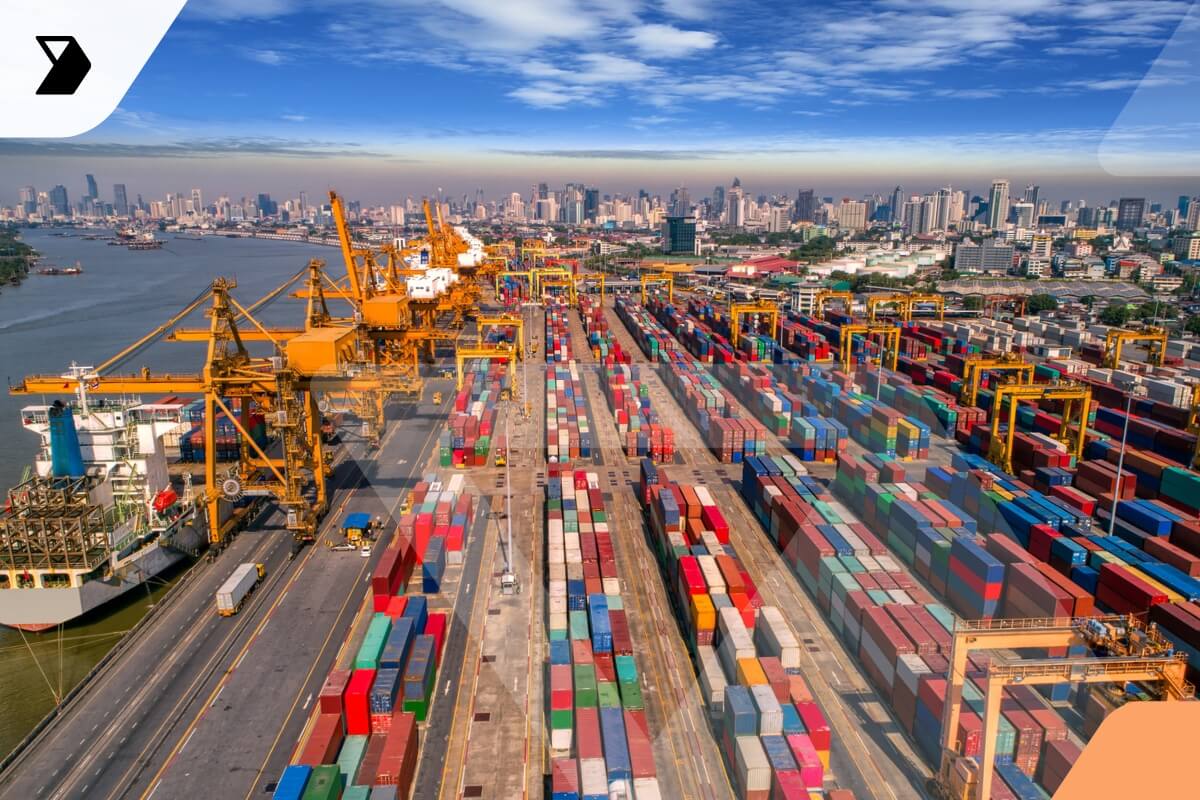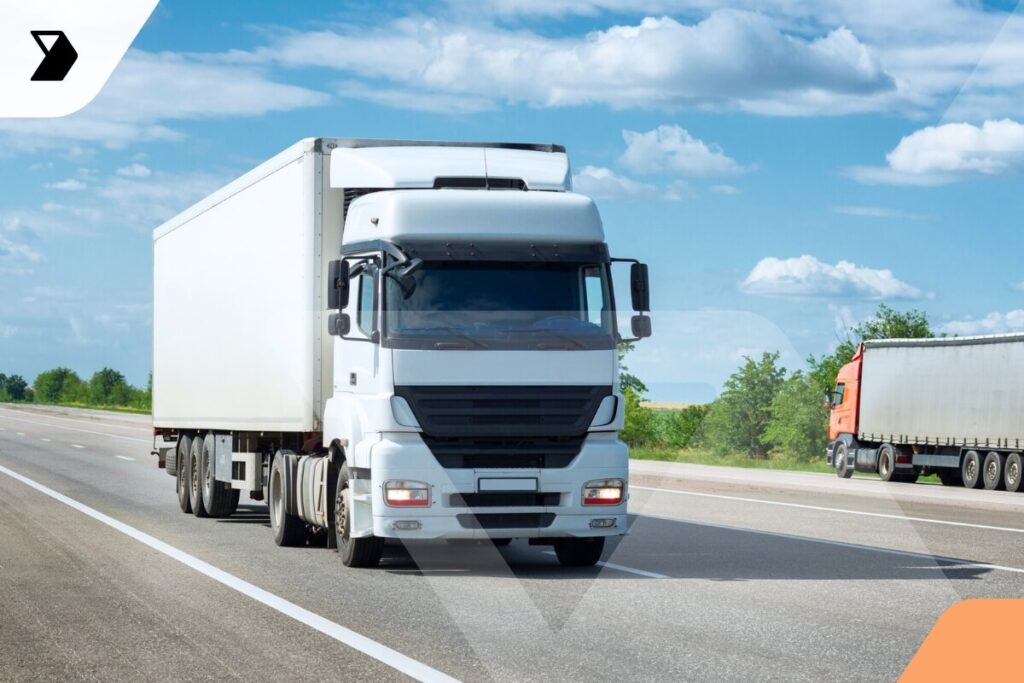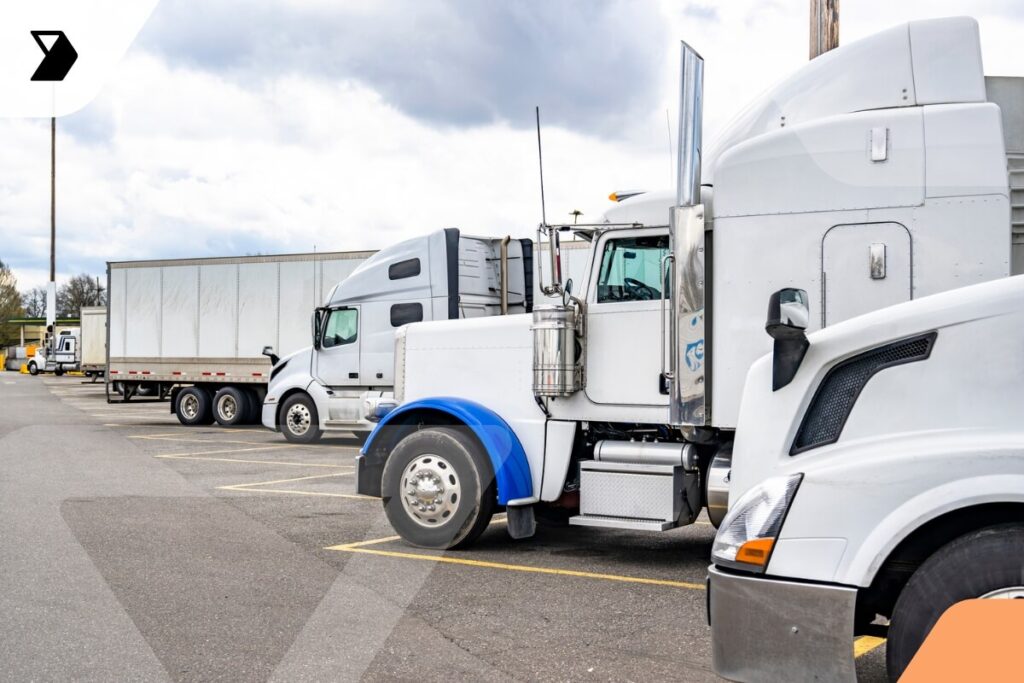Transportation Issues: Top 6 Challenges in the Industry
It's common knowledge that transportation costs are trending upward across the board, meaning the transportation industry is in trouble.
Ready to transform your supply chain?

The transportation industry and global supply chain are adept at navigating issues at certain intervals.
In turn, there’s a lot of interest in risk mitigation and improved supply chain resilience. The transportation industry and global supply chain are adept at navigating issues at certain intervals. The problem is that we’re dealing with many issues in rapid succession.
Today we’re looking into the biggest transportation issues disrupting the global supply chain. Here’s a list of the key issues facing the transportation industry:
- The e-commerce boom
- Raw material scarcity
- Port congestion
- Continued health and safety concerns
- The driver shortage
- The paradigm shift toward supply chain resilience
Is this list comprehensive? No. But it should serve as a snapshot of the types of issues the transportation sector can face at any given time. Consider this article a checklist of talking points. Any one of these issues could act as a conversation starter. Once we clarify, define, and understand the issues we face, it becomes simpler to begin solving them.
Let’s dive into the list, shall we?
1. The E-Commerce Boom
The COVID-19 pandemic hasn’t been all bad for everyone. For example, it fueled a major boom for e-commerce companies.
It’s estimated that 75% of people now shop online at least once a month. This boom in e-commerce requires more warehousing, infrastructure, and final-mile deliveries. In reality, nearly five billion people now own a smartphone. Put another way, approximately 60% of humans can shop from anywhere using the phone in their pocket. But those numbers don’t even account for computers and laptops! Those numbers will only grow.
Meanwhile, Amazon has made us think it’s normal to expect items delivered extremely fast. This evolution in consumer expectations will put increased demand on the transportation industry, especially when we factor in some of the issues noted below.
I’ve noticed another trend related to the e-commerce boom. How we consume products has defined us, going back well into past centuries. How we dress—our fashion—represents our individuality, and I’ve seen an increase in individual fashion choices. The example I use when explaining this to my son, who’s 14 years old, is “the sock game.” When I was his age in the mid-1990s, there were only white socks. They could be tall or mid-height, and you’d be thrilled to get a pair with a Nike swoosh on the side. The Fab Five at the University of Michigan were considered revolutionary for wearing black socks.
Nowadays, it’s a different story. Colors and choices abound, and anyone in manufacturing will tell you that changing the production process presents bottlenecks and certain inefficiencies. In other words, perhaps if plain white socks come back in style, this particular supply chain bottleneck will be resolved.
2. Raw Material Shortages
Raw material shortages are rampant. One big raw material shortage involves microchips. For those who haven’t been following the story, the chip shortage resulted in the short supply of used cars. New cars with an increased number of microchips got halted on assembly lines, so consumers began snatching up used cars.
The key takeaway is that limited access to raw materials hits the brake on everything that relies on those materials. In short, the transportation industry can’t serve the supply chain when there’s nothing to ship.
Efforts are underway to beef up microchip production, such as Intel’s new mega factory in Arizona. I’m bullish on this move, since IoT devices are positioned to expand into undersaturated markets—including the transportation market itself.
Companies like Vector bring digitization software to the market that streamlines many day-to-day operations. Vector has a tremendous value proposition, but a digitized supply chain relies on IoT devices. Those take chips. Beyond that, the raw material shortage has expanded to include various commodities such as buffalo wings, steel, and tires.
3. Global Port Congestion
The queue of anchored ships in San Pedro Bay continues. Delays at the sister ports of Los Angeles and Long Beach have been making headlines for a while now. Container ships must wait for weeks sometimes before unloading can begin.
Wayne Steinberg, Director of Transportation and Logistics at US Foods, estimates that even the best crane operators can only unload 16 containers per hour.
To put that in context, take a big container ship like the Ever Given, the one that got stuck across the Suez Canal. It holds 18,000 containers! Do the math on how long we’ll deal with port congestion. (By the way, in my opinion, the Ever Given is still stuck—only now it’s lodged in people’s memory.)
That said, the West Coast ports aren’t the worst culprits anymore. Of greater concern is the South China Sea. Leaders at Maersk, the top global container carrier, are bearish on trends. With regards to the port delays in China, they stated, “The trend is worrying, and unceasing congestion is becoming a global problem.”
Fair enough. But we know freight is still getting through. That said, we still face transportation issues once we hit land.
4. Health and Safety Concerns
Even as the world reopens, the pandemic still occupies a lot of headlines. Tentative steps toward a return to normalcy continue. But like our e-commerce habit, certain practices remain in place. And for good reason.
The transportation world knows a better way to streamline a driver’s check-in process. Digitization tools like Vector’s simplify the steps a driver must take. Literally. When all your load documents are sent directly to a driver’s smartphone, there is no need for them to leave their truck. This allows for less face-to-face interaction. In turn, Vector can help reduce the spread of illness.
Let’s face it. The second-tier effects of a healthier workforce can’t be discounted, especially at a time when labor is scarce!
5. The Driver Shortage
Labor scarcity, just when we’re getting busy again! The labor scarcity issue is common across many market sectors. This issue has hit the transportation industry especially hard.
When I talked to Wayne Steinberg of US Foods about this, he reported he’d “gladly hire 20 new drivers today.” The problem, according to Wayne, is government regulation. We’ll avoid the topic of government stimulus checks.
Carriers face that issue too, along with many businesses. But beyond that, trucking companies can no longer train their own drivers. A recent government mandate now requires a third party to train all rookie drivers. Steinberg explains that this just makes it harder and more expensive to find good hires.
This isn’t the only issue facing carriers. Drivers are also aging out. And it’s still a tough sell to ask someone to deal with the heat, cold, and elements. But drivers are essential to the supply chain. Their efforts during the pandemic are praiseworthy!
6. The Paradigm Shift Toward Supply Chain Resilience
Any driver would agree that it helps to know your destination if you ever want to get there. So, before we jump into the issues, let’s start with a definition. What exactly is supply chain resilience? I’m a fan of this definition from sciencedirect.com: “Supply chain resilience is the supply chain’s ability to be prepared for unexpected risk events, responding and recovering quickly to potential disruptions to return to its original situation or grow by moving to a new, more desirable state in order to increase customer service, market share and financial performance.” For more on supply chain resilience, check out this article.
Let’s note that the supply chain has proven to be incredibly resilient, adaptable, and flexible over the years. Transportation has dealt with a lot of issues. It’s worth understanding that the real issue stems from cadence. In other words, right now we can deal with one issue in transportation, but not before the next issue hits us. The hits just keep coming. We keep feeling the ripple effects.
The global supply chain is undergoing a renaissance of risk mitigation. For decades there was a fixation and push across the global supply chain toward lean methodologies, efficiency, and cost savings. As competitors copied each other, that drove costs down further. And yes, some of those practices have now blown up in our face.
That said, ultimately, I think we’re talking about a paradigm shift to supply chain resilience. I’m not saying this will be easy. But unless we want to repeat the cycle, we must move away from single-sourced, single points of failure. Instead, we must diversify our supply base, nearshore when possible. And spend a few more bucks up front for the local option.
In Conclusion
While these aren’t the only transportation issues out there today, they’re at the top of my list. By being aware of them, we can take steps toward addressing them. So let’s keep calm and carry on. Going forward, let’s be smarter and more strategic as we solve these problems. Stay resilient!
This post was written by Brian Deines. Brian believes that every day is a referendum on a brand’s relevance, and he’s excited to bring that kind of thinking to the world of modern manufacturing and logistics. He deploys a full-stack of business development, sales, and marketing tools built through years of work in the logistics, packaging, and tier-1 part supply industries serving a customer base comprised of Fortune 1000 OEMs.
Continue reading
Ready to transform your supply chain?
Increase efficiency and productivity. Say goodbye to delays, handwriting errors, and time-intensive manual data entry.



